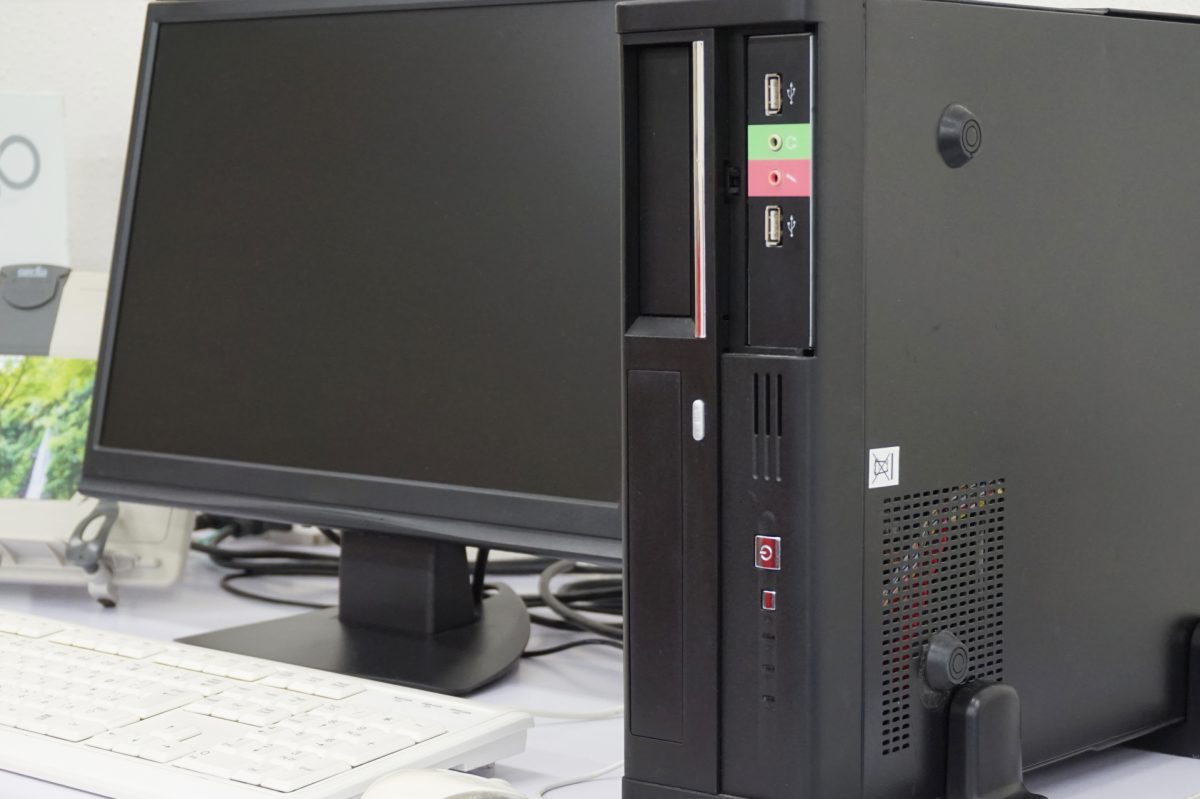
How to Make a Border Motion Graphic Using Curves in Blender
Including animation, graphic design, film editing, and post-production, Blender has a seemingly endless list of applications. With the advent of social media, motion graphic design is more common and more sought after than ever before. For example, what if you want to make a simple border animation for a logo or a title card?
Though there are many different and more advanced ways to go about it, the following guide will give you a basic idea of how easy it is to put together a border graphic using only curves and basic materials in Blender.
Setting the Border Shape
When opening a new Blender scene, you’re greeted with a cube object, a light, and a camera in the Layout workspace. Pressing the animation tab above the viewport switches you to the Animation workspace that comes with a camera view and a 3D viewport, along with the animation timeline. By removing the camera’s rotation and location (ALT+R and ALT+G, respectively), you can set the camera to face downward toward the center of the scene.
Now, you can move the camera up along the Z-axis to zoom in and out. Delete the default cube, and add a Bézier curve from the Add Curve menu (Shift+A). This curve becomes the border. Switch to edit mode, and change the curve handle to Vector in the Set Handle Type menu (shortcut V). This allows you to make straight edges to the curved lines.
In the Viewport Overlays menu above the 3D viewport, change the Handles to “none” in the Curve Edit Mode section at the bottom. Also, be sure to turn on snap and check the option for Absolute Grid Snap for maximum control of the size and shape of the border.
While still in Edit Mode and in the top view (shortcut 7), move either vertex of the curve (shortcut G) along the X-axis to resize the curve to your desired width. Once achieved, extrude (shortcut E) the vertex down along the Y-axis to your desired border length.
Continue this process until you’re satisfied. Once complete, switch back to object mode and center the border. Do your best to move the curve to the center of the scene where the 3D cursor would sit. You can add a basic material and color to the border by pressing New in the Material Properties tab.
Setting the Border Thickness
Now, it’s time to add some thickness to the border. Add a second Bézier curve and move it along the Y-axis above the border so that it’s visible but not interfering with the first curve. Rename it if you wish, so as not to confuse the two curves. Next, go into edit mode and change the curve handle to Vector as you did the first curve. Move the left vertex towards the center of the scene, so it aligns with the Y-axis.
Back in object mode, select the border and open the Object Data Properties tab. At the very top of the properties, you have the choice of changing the shape to either 2D or 3D. In this case, change the shape to 2D as this will be a 2D animation.
Under the Geometry submenu, choose the second curve as the object in the Bevel section. Next, select the second curve and re-enter edit mode. Choosing either the left or right, move the vertex to scale the border’s thickness. The left vertex will scale the edge outward, while the right will scale the edge inward.
Animating the Border
Select the camera and zoom out until you can see the border or until you’re satisfied with the camera location. Then, select the border and return to the Object Data Properties tab to use the Bevel Start and End factors to view how the border animation will look. Using the Bevel Start will make the border edge disappear from the origin vertex to the last extruded vertex of the curve, and the Bevel End will do the opposite. Experiment with each to see which motion you prefer.
As for the animation, use the timeline to set keyframes to the Bevel start or End using the keyframe icon to the right of the factor. You can also change the end frame in the timeline to speed up or slow down the animation loop.
For example, set the Bevel End factor in the Object Data Properties tab to 0 and set a keyframe on frame 1 in the timeline. Move the scrub cursor to frame 250 and set the Bevel End factor to 1 and add a keyframe. Once complete, press Space to play back the animation to see how it looks.
There’s your animation! For the sake of post-production, under the Render Properties tab, check the Transparent option under the Film submenu to make sure the rendered image sequence will not have a background.
Blender Makes Creating Animated Borders Easy
Once you’re done, the skies the limit! Create text by adding a text object, and place it in the center of the border for an awesome logo or intro to a video, make different types of effects using emission or glossy materials, or use modifiers to explore 3D shapes with your animation.
As for rendering, if you’re not sure about what your settings should be or how to render using our render farm service, take a look at our article on render settings to help get your animation prepped and ready for rendering.